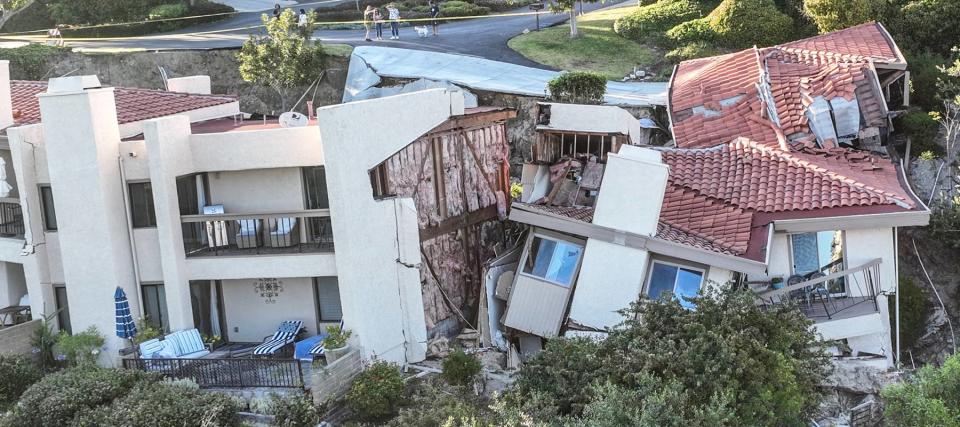The increase in major storms in recent years has led to a higher risk of natural disasters impacting American homeowners. From tropical storms and hurricanes to landslides, many households are at risk of losing their homes to these events. When a landslide destroys a home, the question arises of whether the homeowner is still responsible for paying the mortgage, and if their homeowners insurance will cover the damages.
When a homeowner takes out a mortgage, they are committing to pay back the loan regardless of the condition of their home. This means that even if a landslide destroys their home, they are still obligated to continue making mortgage payments. Defaulting on a mortgage can lead to foreclosure, which can have long-lasting consequences for the homeowner, including credit score damage and difficulty borrowing money in the future.
Homeowners insurance policies may cover some types of storm damage, but natural events like landslides are often excluded. In order to have coverage for events like these, homeowners may need to purchase a difference in conditions (DIC) policy. Without this additional coverage, homeowners cannot rely on their insurance company to cover the costs of rebuilding after a landslide.
If a landslide destroys a home and insurance coverage is not available, homeowners may have some options to soften the financial blow. They can try to negotiate with their mortgage company to put their loan into forbearance, allowing them to pause payments temporarily. Additionally, government assistance programs like FEMA may provide aid to eligible households impacted by natural disasters, such as funds for temporary housing or other relief efforts.
In conclusion, homeowners facing the devastation of a landslide must navigate the complex financial implications of their situation. Understanding their obligations to their mortgage lender, the limitations of their homeowners insurance, and potential avenues for assistance can help homeowners in this difficult situation. It is important for homeowners to be proactive in seeking help and exploring all available options to rebuild and recover from the effects of a natural disaster.








